History and etymology
In archives from the 13th and 14th centuries, the names '' Hilleghem '', '' Hildeghem "and" Hillinghem "appear. It is certain that the -om in Hillegom is a reduced form of "heme", or residence. Probably the first part is Hilleg - a corruption of the personal name "Hille" (possibly a shortening of the personal name Hildebert or Hildegard). The meaning would then be "Hille's house", similar to the name of Hillegersberg near Rotterdam. This is also in accordance with the formation of names of various other places in the region, such as the neighboring Sassenheim (formerly "Saxnem"), which is located on the same beach and has the meaning "house of Saxo". In both cases it was therefore probably personal exploitation.
Hillegom originated in the early Middle Ages around the Maartenskerk, the Hof van Hillegom and the Houttuin, roughly at the spot where the Hillegommerbeek crosses with the eastern shore. The settlement had its own chapel before 1120. The residents initially occupied themselves with arable farming and cattle breeding. In the seventeenth and eighteenth centuries there are mentions of bleachers, a tannery and a lime kiln. During this time, the cultivation of vegetables, fruit and herbs became important. Every day, barges sail to the Amsterdam and Leiden markets.
During the Dutch Revolt Hillegom lay in the front line for a number of years: during the siege of Haarlem (1572/1573) and Leiden (1574). The village suffered a lot from the war. After the departure of the Spaniards, the Hillegommers went to work energetically with recovery. The most striking activity was the reclamation of the low-lying land along the Haarlemmermeer.
In the seventeenth and eighteenth centuries, administrators and merchants from The Hague and Amsterdam had beautiful estates built in Hillegom. The decay began in 1800. Almost all the outdoor areas have been demolished over time.
The large-scale flower bulb culture dates from the middle of the nineteenth century. The increase in flower bulb cultivation kept pace with the sand excavations. After excavation, there remained good sandy soil, the 'spirit grounds', ideally suited for the cultivation of flower bulbs. Flower bulb cultivation brought great prosperity. The first industry appeared in 1904 with the sand-lime brick factory Arnoud. This resulted in new excavations and new bulb land. In addition, a number of smaller industries settled in the course of the twentieth century.
The location between Haarlem, Leiden and Amsterdam, coupled with a good infrastructure, made Hillegom the last decades of the twentieth century into a sought after residential community. The population grew rapidly, from 9000 inhabitants around 1920 to more than 27,000 in 2018.
Below some pictures of the town house of Hillegom, called "'t Hof van Hillegom" with the corresponding garden called " De Houttuin".
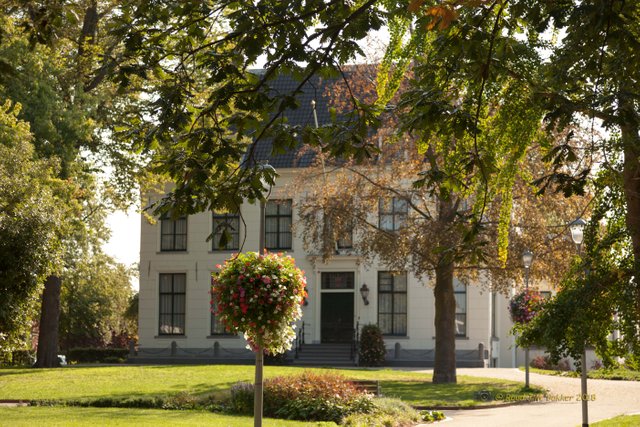
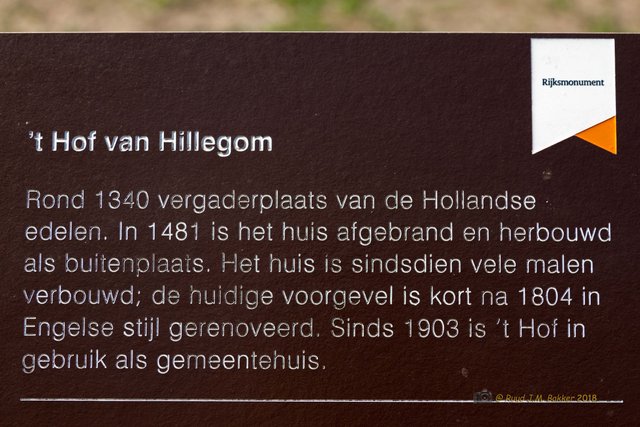
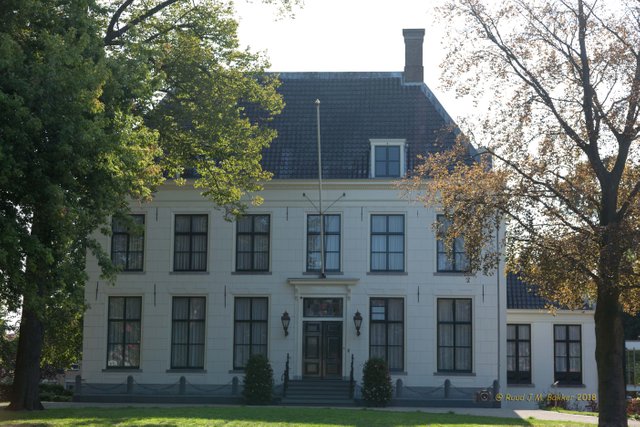
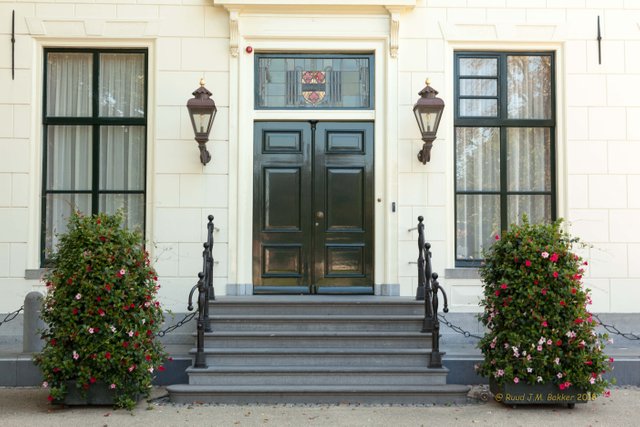
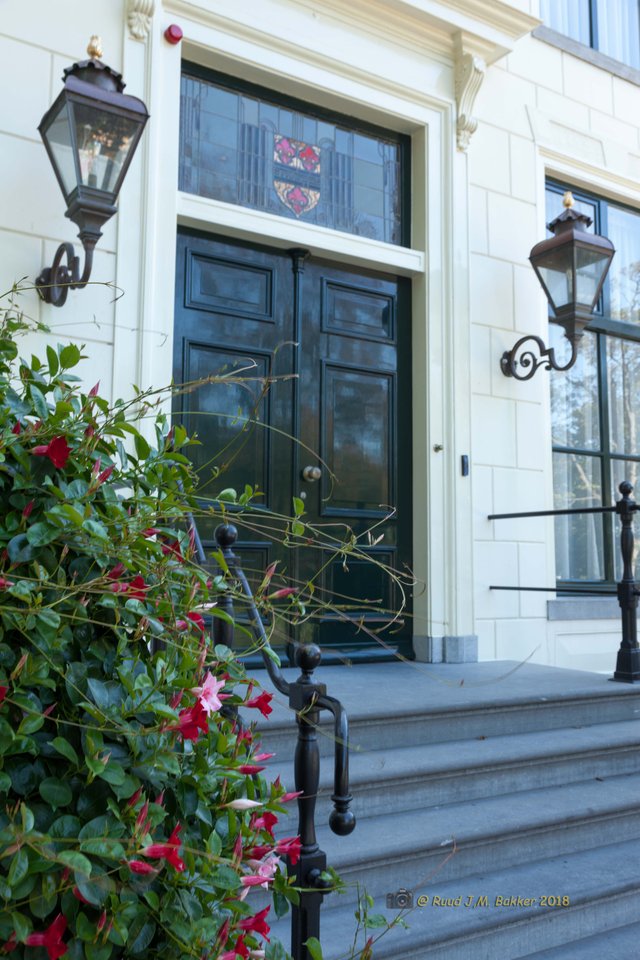
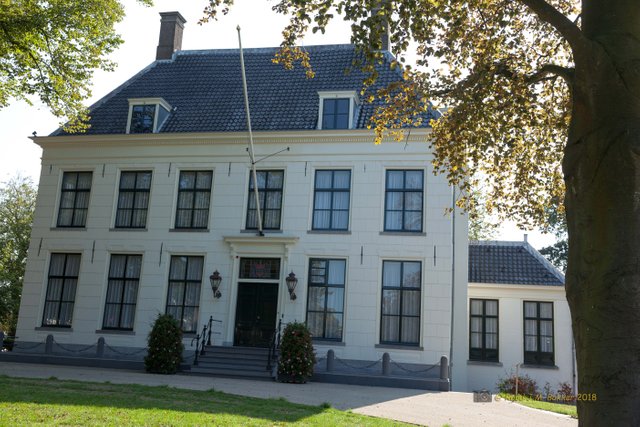
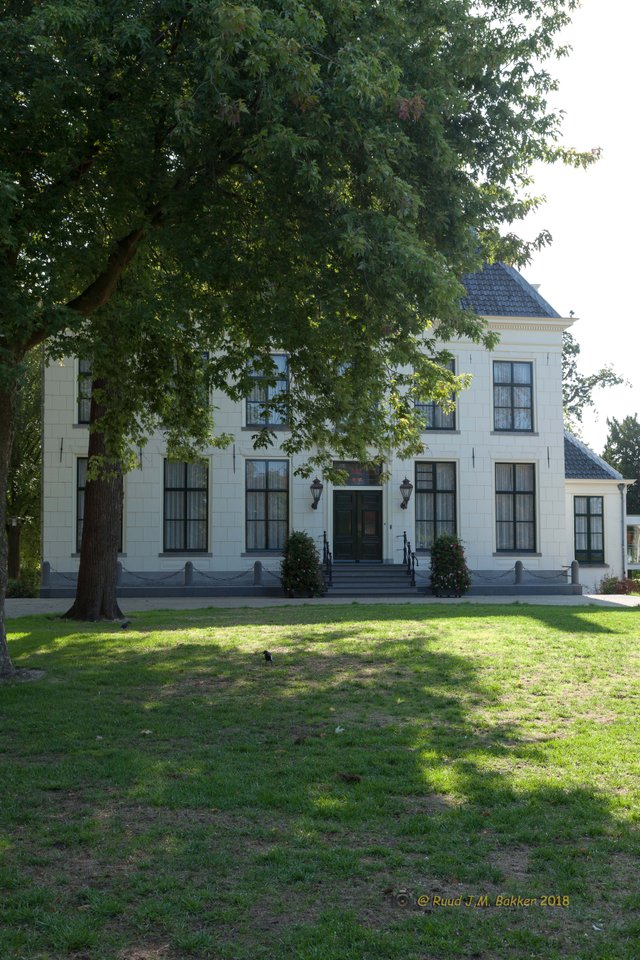
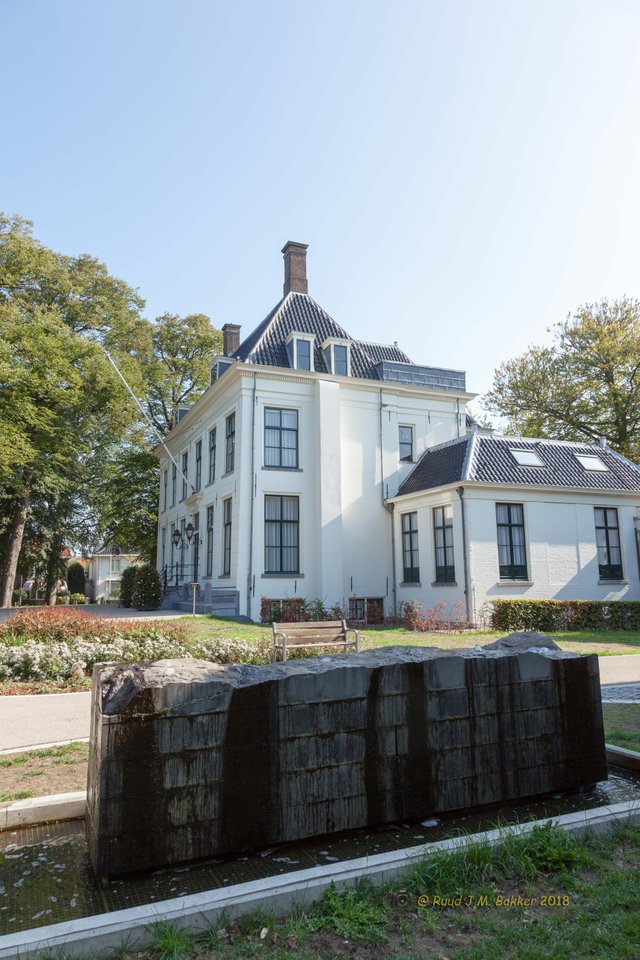
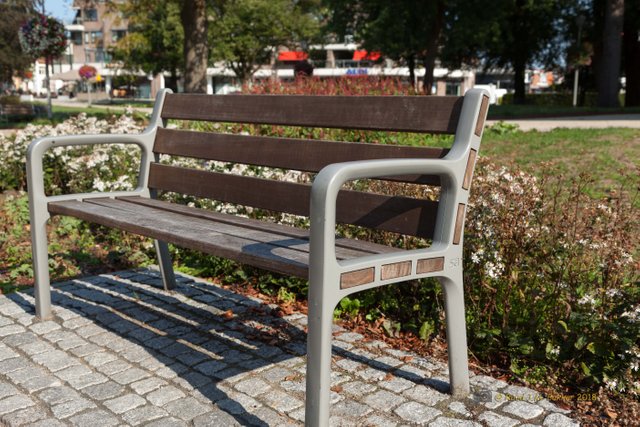

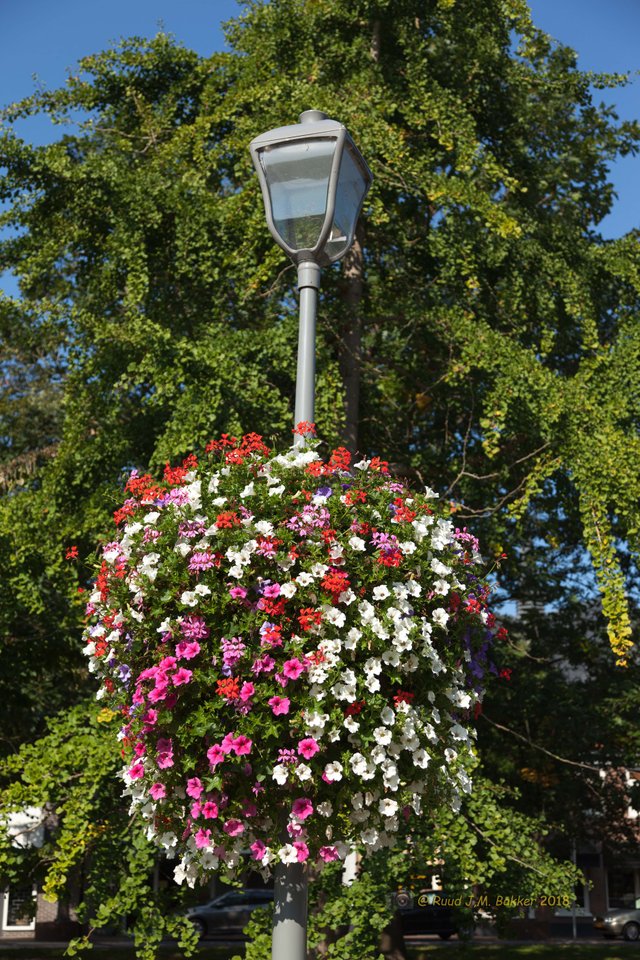
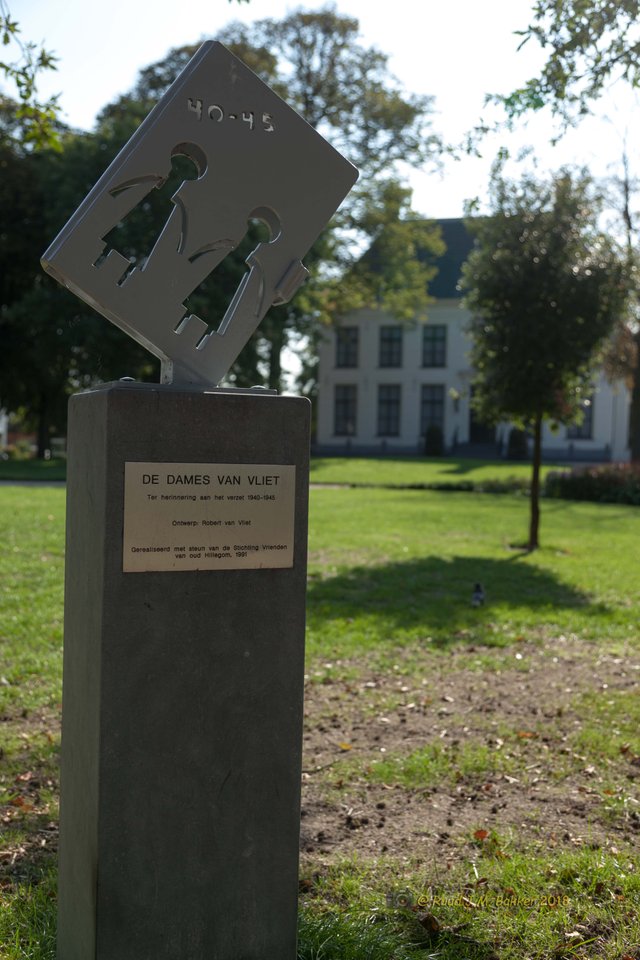
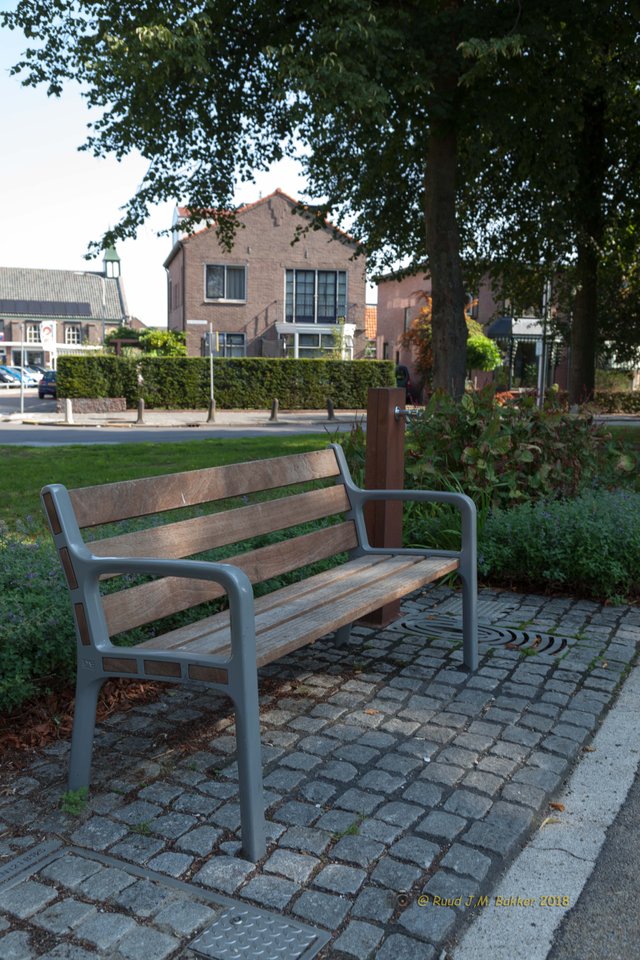
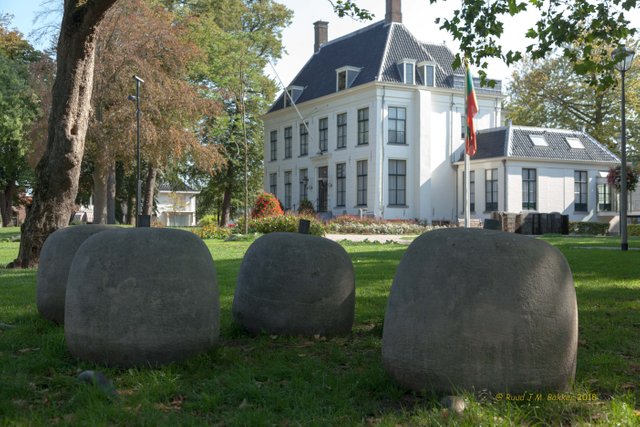
Congratulations @hillegomnowadays! You have completed the following achievement on the Steem blockchain and have been rewarded with new badge(s) :
Click here to view your Board of Honor
If you no longer want to receive notifications, reply to this comment with the word
STOPDo not miss the last post from @steemitboard:
Downvoting a post can decrease pending rewards and make it less visible. Common reasons:
Submit